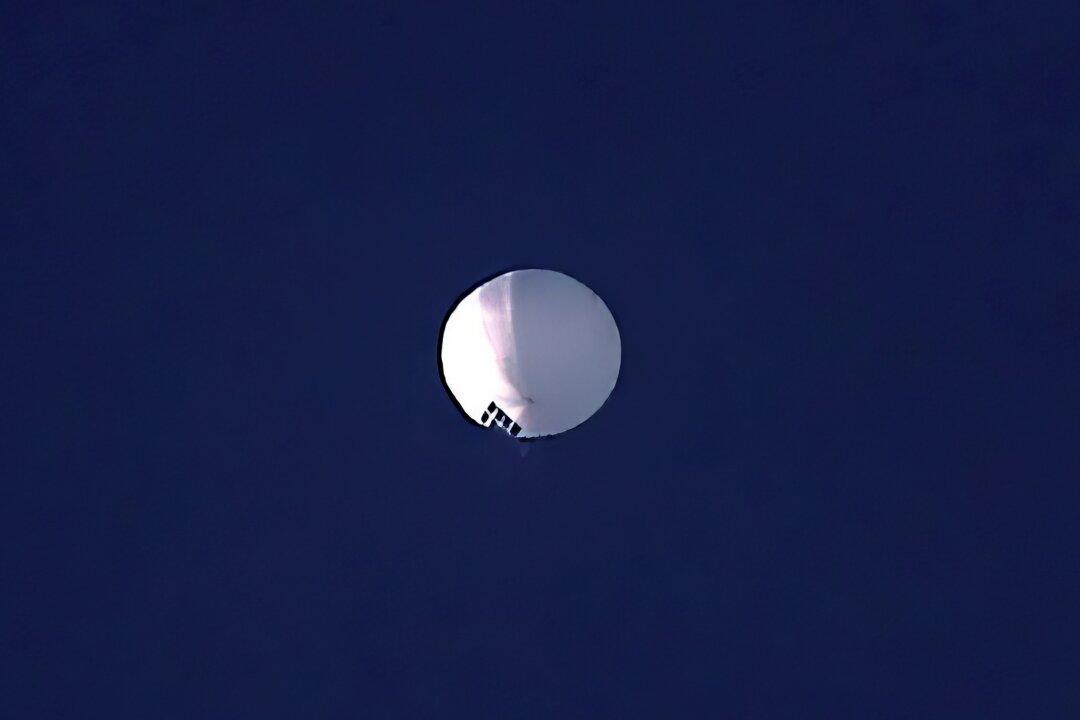Over a year before a roaming Chinese spy balloon galvanized the United States, Indian forces spotted a similar object over the Andaman and Nicobar Islands, Indian territories in the Bay of Bengal.
The incident didn’t garner much attention at the time, because Indian defense forces were unsure of the balloon’s intent and origin.





